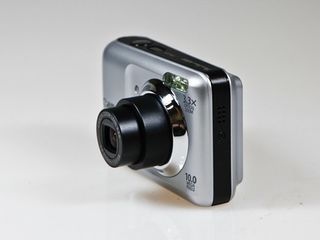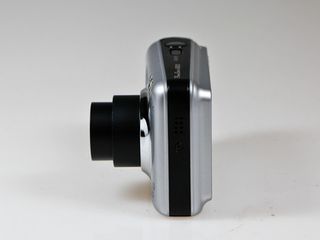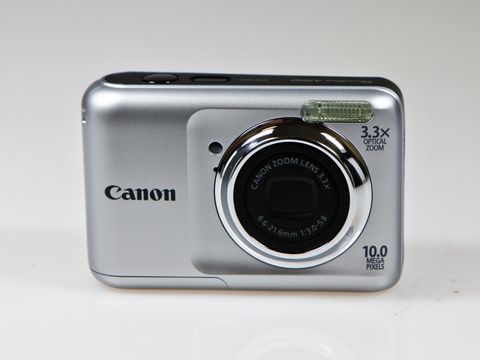Why you can trust TechRadar

Canon needs to pull some rabbits out of hats to stand out at the budget end of the market, and a big selling point of the PowerShot A800 is the Smart Auto mode. Canon claims to have integrated 19 common shooting scenarios into the camera, so it can recognise what you're shooting and adjust its settings accordingly.
The Scene Modes come in handy too, once you've figured out where they are, and include Blur Reduction, Super Vivid and Poster Effect. This is the icing on the cake, though, and the camera will stand or fall by the quality of its images, however low the price.
Fortunately, the PowerShot A800 passes the test, and the quality of images straight from the box is impressively high. The camera's metering system is intelligent and flexible and copes well with most lighting conditions (a blown-out highlights warning is a useful extra).

As well as delivering consistently accurate exposures, colours are rich and well-saturated without being garish, and noise is well controlled through the range, as our test shots reveal. The lens is not particularly wide at 6.60-21.60mm (equivalent to 37-122mm on 35mm format) and lacks stabilisation, but is impressively sharp and well-engineered considering the price point.
While purple fringing is apparent in contrasty scenes, the results are still better than you'd expect from a budget entry-level compact.
Returning to the scene modes, they're fun, but need to be used sparingly. Super Vivid overcooks the colours a bit too much, but could be useful on a very drab day, while the Poster Effect is pretty psychedelic, but in the right conditions can deliver pleasing results. More immediately useful are Blur Reduction and Long Shutter, which save having to fiddle around with the settings.
It's well worth adjusting White Balance, as we found it sometimes a little cold on the Auto setting. As you'd expect on a budget entry-level compact, shots can only be saved as JPEG files, but you can choose from 640 x 480 to 3648 x 2736 in size. Movies can be recorded at 640 x 480 at 30 frames per second, and are reasonable enough quality considering it's not HD.
Current page: Canon PowerShot A800: Performance
Prev Page Canon PowerShot A800: Build quality and handling Next Page Canon PowerShot A800: Sample images
